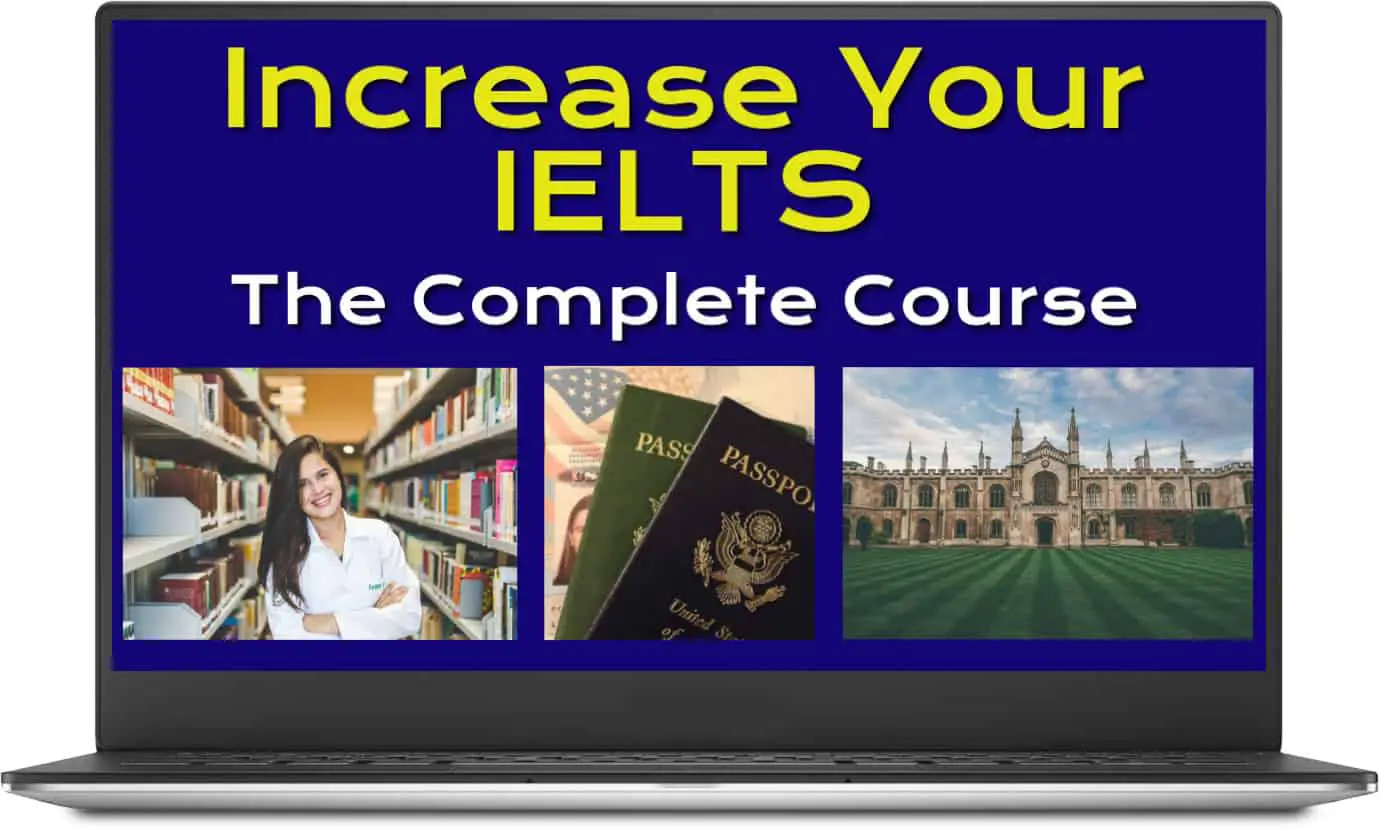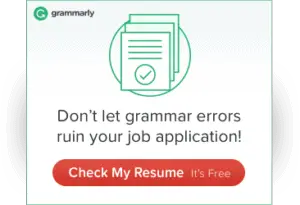There are normally 4 options one of which the candidate has to select as the correct answer based on information from the text.
The way to do this is to scan the text for keywords and their synonyms from the question and then read that paragraph intensively to decide upon your answer.
Have a look at this passage from an actual IELTS paper below from the British Council.
“The average urban resident, for example, rouses at the eye-blearing time of 6.04 a.m., which researchers believe to be far too early. One study found that even rising at 7.00 a.m. has deleterious effects on health unless exercise is performed for 30 minutes afterward. The optimum moment has been whittled down to 7.22 a.m.; muscle aches, headaches and moodiness were reported to be lowest by participants in the study who awoke then.”
What did researchers identify as the ideal time to wake up in the morning?
A 6.04
B 7.00
C 7.22
D 7.30
What Do You Think Is The Correct Answer?
Well, first of all you may see the word rouse and realize this is a synonym for the phrase wake. This will tell you that you need to read this part of the text intensively.
On reading this part intensively you may notice that the key words in the question ideal time to wake up match with the paraphrase The optimum moment which is where you can locate the correct answer, which is 7.22 am.
Notice that the word ‘whittled’ down is used and not many non-native speakers will know this word, although it could be worked out by context and should not cause you to panic or distract you from the answer.
Hopefully, you can see the importance of having a wide vocabulary in order to use synonyms to locate the correct area and specific answers in a text.
3 Ways The Examiners Try To Trick YOU!
1. Matching words but not meaning. This is a typical mistake that many learners make. Just because the words from the question appear in the text it does not mean that that part of the text tells you the answer. You need to read that area of the text intensively to check for actual meaning not just whether the same words are there.
2. Making you guess information. Sometimes a paragraph contains information to lead you to think one answer will be correct, but never actually confirms with words, this leads you to guess an answer rather than finding a different place containing the actual meaning, be careful.
3. Cheeky tricks. Examiners might slip in the word ‘not’ earlier in the paragraph to reverse the meaning of a sentence or they could use factual information from the text but mix it around a bit. This makes an answer look convincing but the facts are actually not the same.
The Simple 4 Step Trick:
So, answering multiple choice questions for the IELTS Reading test can be done as follows:
♦ Scan for keywords and synonyms from the question
♦ Read that paragraph intensively
♦ Underline that specific answer giving part of the text
♦ Decide on you answer, circle it on the paper
Now, you have read How To Do Multiple Choice Questions For IELTS Reading you may wish to now read:



